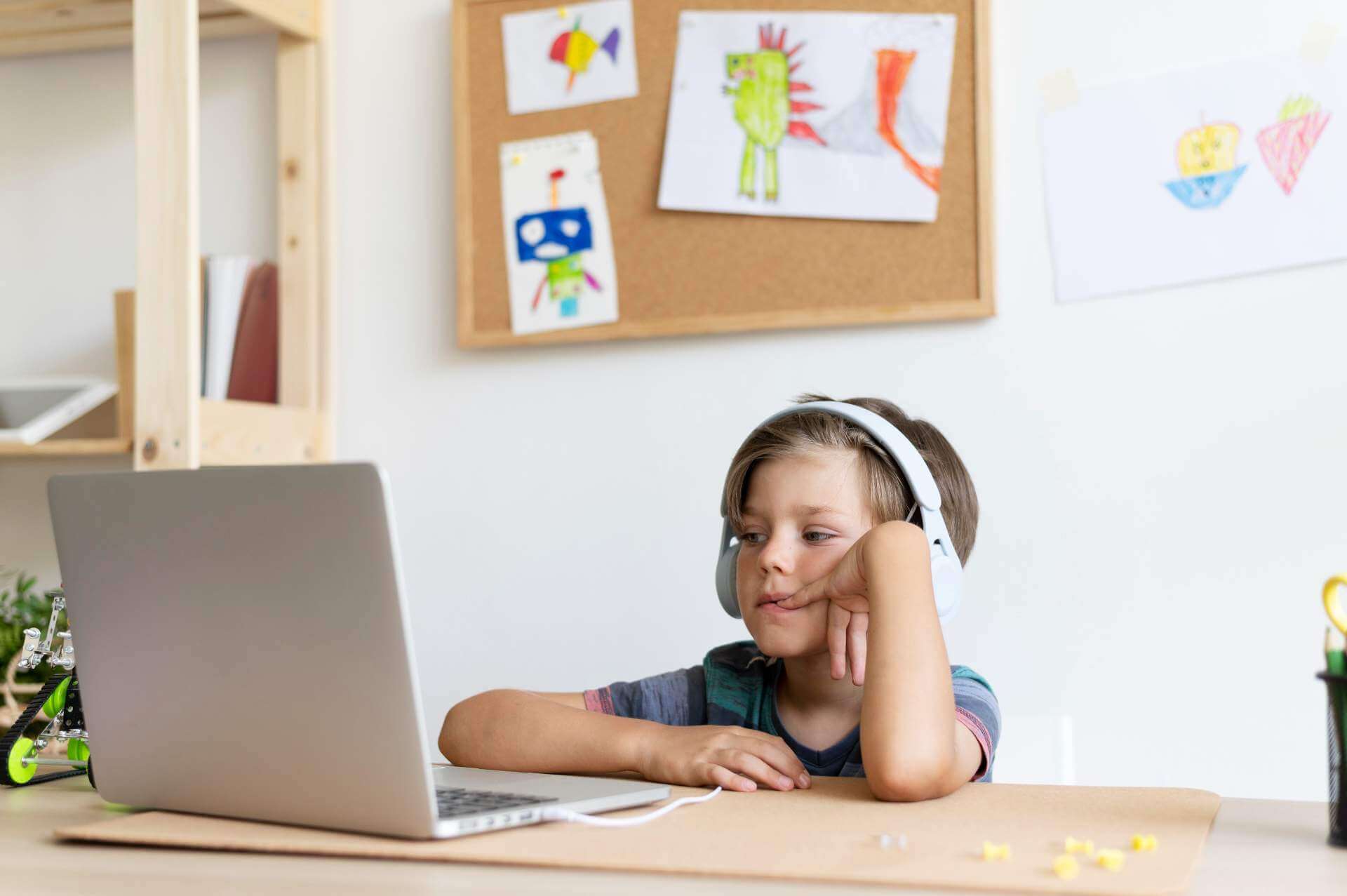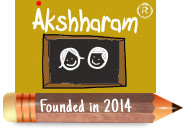8 Different Types of Language Learning Styles

A learning style is your ideal way of learning which is usually based on your preferences, strengths, and weaknesses. Different learners may have a preference toward listening, reading, visuals, being in a classroom full of people, or working by themselves.
The 8 types of learning styles discussed here serve as a general guideline for acquiring, processing, and using information. Knowing your right type is essential to support you in learning a new language.
What are the different types of learners, and how many learning styles are there?
Read on to discover them and find out what type of learning style is yours-
Visual or Spatial Learners
Visual language learners do their best when charts and color-coded concepts are incorporated which help them to remember the information more easily. This type of learning style is good for those learners who remember facts and details better with the usage of visuals such as tables, pictures, graphs, and presentations.
The visual type usually relates whatever they have learned to a specific picture in their mind. Since spatial learners are visual, they read people and situations by observing facial expressions, body language, and surroundings.
While linguistic and analytic learners usually excel in the traditional classroom, visual learners suffer from the overload of sequential information. Spatial learners remember concepts well only when they relate them with other concepts or make mental pictures.
Visual and spatial learners should engage in activities where they thrive, which includes arts, building blocks, video games, photography, architecture, or engineering.
Aural or Auditory Learners
Auditory learners usually benefit from lessons that involve speaking and listening, and perform best with audiobooks and reading aloud.
Aurals would prefer listening to instructions than reading them. They are eloquent, possess good memory, excel at storytelling, explaining their ideas, speaking publicly, and retaining information. If you solve problems by talking about them out loud—even to yourself and also love study groups, then you’re most probably an auditory learner.
Traditional education method can work for these students as they feel comfortable with dictation and repetition exercises. When it comes to mastering a new language, aural pupils benefit from practicing with another person, recording lessons, asking questions, teaching others, and even participating in classroom discussions.
Verbal and Linguistic Learners
The linguistic learning style is for those who adore learning from language in any form. Wordplay, metaphors, analogies, and rhymes are preferred ways for them to understand and remember a concept.
New vocabulary words and expressions stick to them easily and quickly thus becoming always ready to access in their heads. They love reading and writing exercises and usually read the whole book even when homework was to read the first chapter only.
Verbal learners highly benefit from group discussions and role-plays. When learning a new language, they prefer to remember words and idioms, relate them to others, and eventually express themselves in their second language.
Since they are mostly into literature, they usually read for pleasure in their second language which speeds up progress and helps internalize information.
This type of learning style are for those who would rather read a book than watch a movie. They keep journals, love tongue-twisters, enjoy adding new words, and are good listeners and test-takers.
Social Learners
This type of learning style are for those who love and benefit from social interactions. These type of learners gain important insights from group discussions, group lessons, and teamwork.
Social learners highly benefit from Role-playing and Q&A sessions. They are “people smart,” which means they can read people, interpret their facial expressions, body language, and tone effortlessly. They may struggle while doing homework and projects by themselves but they do love to ask questions, participate in class, and always make new friends.
Social learners engaged in language learning benefit from homework involving interviewing others or engaging in collaborations and group sessions.
Our Malayalam Language Learning School Online encourage learning from peers for children by pairing them with a learning buddy of similar learning style. Thus, at Akshharam in addition to just learning Malayalam language they get to practice their learnings with friends from different parts of the globe through the language.
Physical, Kinesthetic or Tactile Learners
Physical language learners excel from touching and manipulating materials. Tactile learners enjoy and usually benefit from hands-on experiences and learning by doing, which includes drawing, playing with clay, puzzles, dancing, modelling, and role-play.
A student with this learning style usually benefit from online language lessons. Our Beginner Malayalam Learning Class Online provide customized lesson plans for each class based on their interest and language levels. We use the most effective method for each student which help them learn how to read, write and most importantly speak Malayalam language. For our classes we use readers, textbooks, audio, video files to improve vocabulary and build confidence to speak.
Rocking chairs, chewing gums, and clicking pens are some of the activities that help these learners study. They remember things better after jotting them down and face trouble following instructions. Sitting still in one place, focusing on something for a long period of time, and being confined are nightmares for them.
Kinesthetics perform their best when they make posters, go on field trips, do experiments, and create collage. They are similar to visual learners as they tend to make charts, graphs, and concept maps.
Nature or Natural Learners
Hands-on activities are helpful for the natural type of learning style. Outdoor lessons empower students who are sense-driven and adore nature, discovery, and investigation.
Educational systems like Montessori and Waldorf are beneficial for them. Gardening is elemental for these learners and they are into geology, environment, weather, and zoology. As these are connected with nature, natural learners thrive in these disciplines.
When they learn languages they research, examine topics, and keep a log about their findings. They can also develop articles about biology-related subjects, environmental news, and non-fiction books.
Logical or Analytic Learners
Analytical learners can easily spot patterns and trends in data of any kind. They are always in the search of the reason or causes as well as objective results and interpretation of all of these are what logical learners prefer the most.
Analytic learner loves to discover how everything works and are mostly attracted to logic and systems, and simply love creating effective, optimized processes for themselves and others.
They are experts in problem and puzzle-solving. Remembering formulas and facts is what they like the most.
Solo Learners
Students with this type of learning style usually love doing research, homework, or exercises alone. They feel that problem-solving is quicker and or more effective when they do them by themselves.
When solo learners want to learn a second language, they largely benefit from individualized sessions. Individual learners are self-motivated, able to concentrate well, and highly ambitious. They aren’t necessarily loners in life, only do so when they study.
